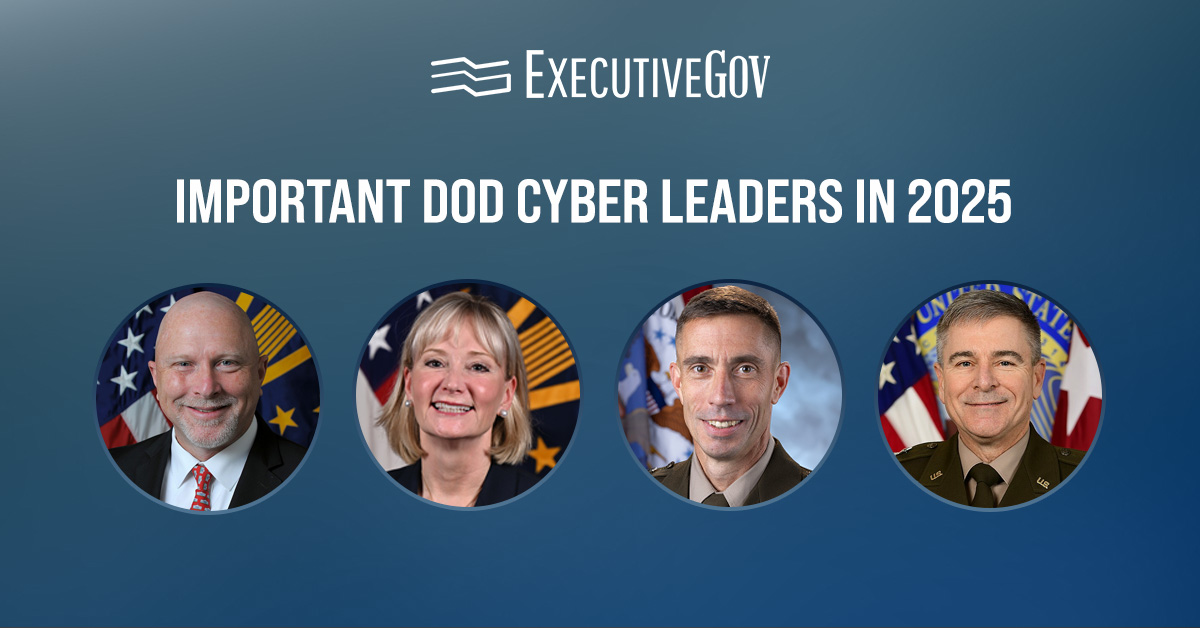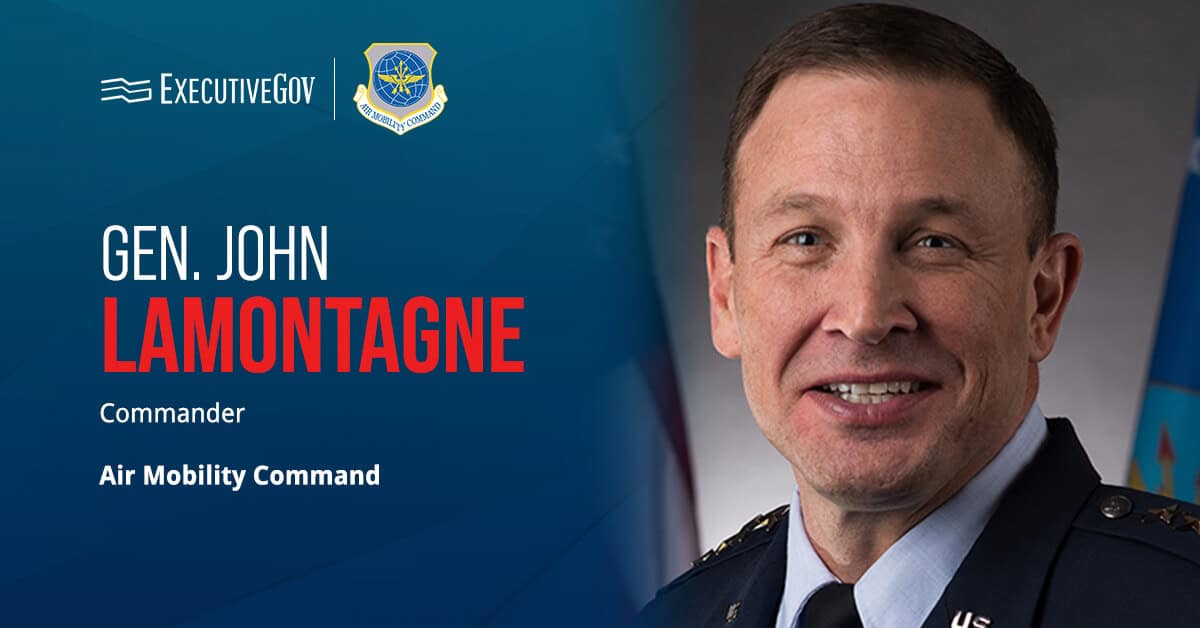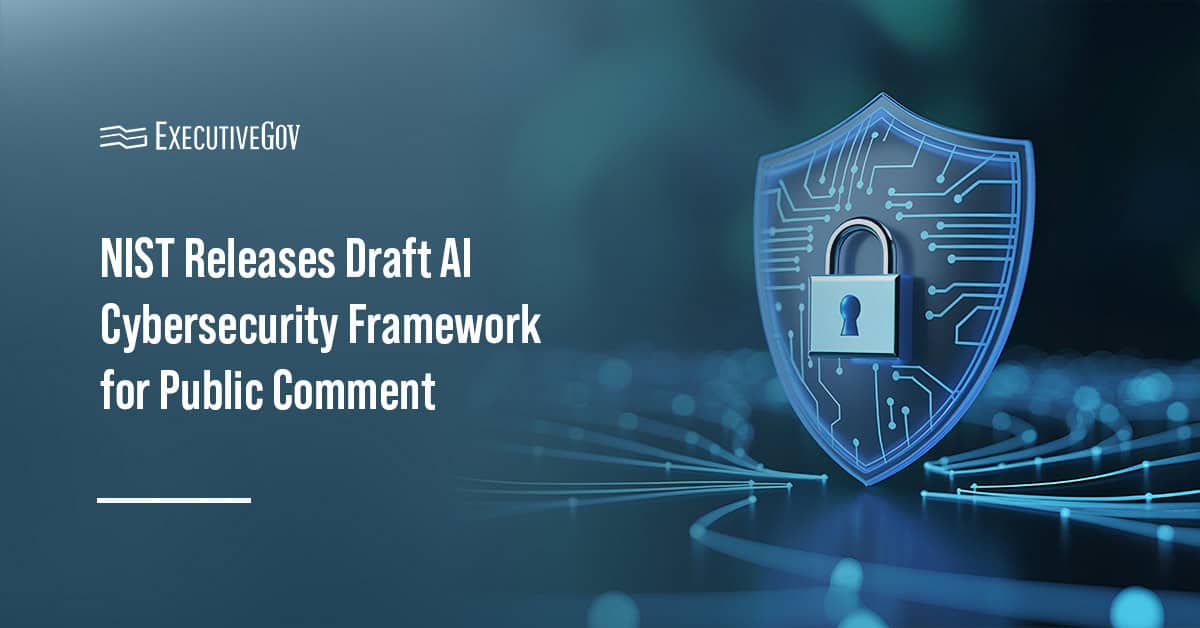DOD cyber officials serve on the front lines of safeguarding the U.S. against an increasingly complex and persistent range of cyber threats. As adversaries develop advanced cyber capabilities aimed at compromising military systems, critical infrastructure and national security, these officials serve as the strategic and operational leaders guiding the nation’s defense in cyberspace.
These esteemed public servants oversee the development and execution of cyber strategies, ensuring the resilience of DOD networks and directing efforts to detect, deter and respond to malicious cyber activity. Their leadership is essential to maintaining secure communications, protecting sensitive data and ensuring the operational readiness of U.S. forces.
These leaders were selected for shaping and influencing national cybersecurity strategy and policy, overseeing critical operations and directly defending DOD networks. They were chosen for their consistent accomplishments in cyber and their leadership, innovation and vision.
Discover more about their work, which forms a vital pillar in the broader defense of the nation’s digital and physical security.
Learn about cutting edge cyber defense strategies at the Potomac Officers Club’s 2025 Navy Summit on August 26! Discover the latest cybersecurity requirements at the Consolidating the Digital Frontier: Modernizing Navy IT for a Unified Ecosystem panel. Be the first to hear about new business opportunities during a keynote address by Vice Adm. Karl Thomas, deputy chief of naval operations for information warfare, N2N6, and director of naval intelligence. Sign up today for this can’t-miss GovCon event for cybersecurity professionals!
Table of Contents
David McKeown
Department of Defense
McKeown, performing the duties of DOD deputy chief information officer for cyber and chief information security officer, is leading an effort to improve the cybersecurity posture of weapon systems across DOD combatant commands, according to Breaking Defense.
A two-time Wash100 Award winner, McKeown believes these cybersecurity assessment scorecards will provide mission-focused risk ratings highlighting vulnerabilities without overwhelming operators. Rather than broad assessments, the scorecards aim to pinpoint “red” areas of concern, helping warfighters understand how attacks could affect operations.
“[The combatant commands] need to know the risks that they’re incurring across all of those systems,” McKeown said during the Potomac Officers Club’s 2025 Cyber Summit in May. “We do an analysis of a weapons system, and we publish it, but I don’t think the combatant commands really understand the impacts of their mission. So we’re going to try to drive in more mission impact analysis.”
The initiative includes wargame scenarios where personnel practice missions without compromised cyber functions. Scorecard development involves collaboration between the CIO office, the Strategic Cybersecurity Program, and acquisition and sustainment divisions. The effort aligns with the broader objective of achieving zero trust systems by 2035.
Laurie Buckhout
Department of Defense
Buckhout is performing the duties of both the assistant secretary and deputy assistant secretary of defense for cyber policy. She has established herself as a leader in electronic warfare, cyberspace and electromagnetic spectrum through her 30 years of experience in government, defense and industry.
In her written testimony to a House panel on May 16, she stressed that adversaries like China, Russia, Iran and North Korea are increasing their cyber sophistication, posing threats to critical infrastructure, military readiness and global stability. Buckhout emphasized the importance of implementing zero trust architecture, improving real-time cyber situational awareness and strengthening command and control for cyber operations.
Some of her key priorities include enhancing cyber resilience across weapons systems, investing in a skilled cyber workforce, integrating commercial innovation and aligning acquisition with secure-by-design principles. She highlights the need for close collaboration between DOD, Congress and industry to ensure the U.S. maintains a competitive advantage in cyberspace.
Buckhout is a retired U.S. Army colonel with 26 years of global service, including leading a battalion-level task force during the initial invasion of Iraq in 2003. Following her military retirement, she founded Corvus Consulting, a strategic firm focused on cyberspace and electronic warfare.
She previously served as president of the Association of Old Crows, the international electronic warfare organization, and worked as a special government employee for the Department of Commerce.
The Potomac Officers Club’s 2025 Navy Summit on August 26 is a unique opportunity to grow your GovCon cybersecurity business. Strike up opportunities for collaboration with other GovCon titans at the Zero Trust and Beyond: Securing the Navy’s Information Environment panel. Learn Navy Chief Information Officer Jane Rathbun’s FY 2026 budget priorities during her keynote address. Check out the latest offerings from leading sponsors such as SAIC, ManTech and Fortress. Secure your seat now for this action-packed GovCon event!
Lt. Gen. Paul Stanton
Defense Information Systems Agency
Stanton is leading a transformation of the DOD Information Network, or DODIN. In January, he issued a DODIN command operational framework execution order that empowers commanders and directors across 45 DODIN areas of operations, encompassing some 3.5 million endpoints, to manage defensive cyber operations locally.
Stanton believes this decentralization will enhance risk management, prioritize critical applications and data and move the cyber defense posture from reactive “whack‑a‑mole” tactics to proactive and even offensive campaigning, according to Federal News Network. The initiative leverages data analytics and AI to accelerate threat response and offensive readiness.
Stanton serves in a dual-hatted role as DOD Cyber Defense Command, or DCDC, chief and Defense Information Systems Agency director. As DCDC chief, he leads coordinated efforts across the DOD to secure, operate and defend the DODIN. He sets DODIN operational priorities, guides threat-informed planning and strategic initiatives and oversees the command and control of daily network operations, cybersecurity measures and defensive cyber activities.
In his role as DISA director, Stanton oversees a global workforce of over 20,000 military personnel, civilians and contractors. This team delivers critical communications support to the president, secretary of defense, Joint Chiefs of Staff and combatant commanders. DISA provides joint, interoperable command and control capabilities serving more than 200,000 warfighters in over 150 countries.
Lt. Gen. William Hartman
National Security Agency
Hartman is serving in a dual-hatted role as acting CYBERCOM chief while performing the duties of National Security Agency director and Central Security Service chief.
Hartman is proposing a streamlining of U.S. Cyber Command to have it more resemble U.S. Special Operations Command. In May testimony to a House panel, Hartman said his office evaluated three models—an independent cyber service, siloed service-specific cyber units, and a SOCOM-style structure—and favored the latter for improved interoperability and efficiency, according to Breaking Defense.
Hartman is a big supporter of prioritizing partnerships in effective proactive cyber defense. He believes CYBERCOM gains an asymmetric advantage in protecting the U.S. by synchronizing with other agencies and collaborating with international allies through small deployment teams.
Hartman is a proponent of teaming with allies on cyber, emphasizing that collaboration with smart foreign counterparts demonstrates U.S. commitment to cybersecurity and yields effective defense outcomes. Hartman believes partnerships across government and industry are critical to scaling global cyber operations as demand for such engagements is increasing.






